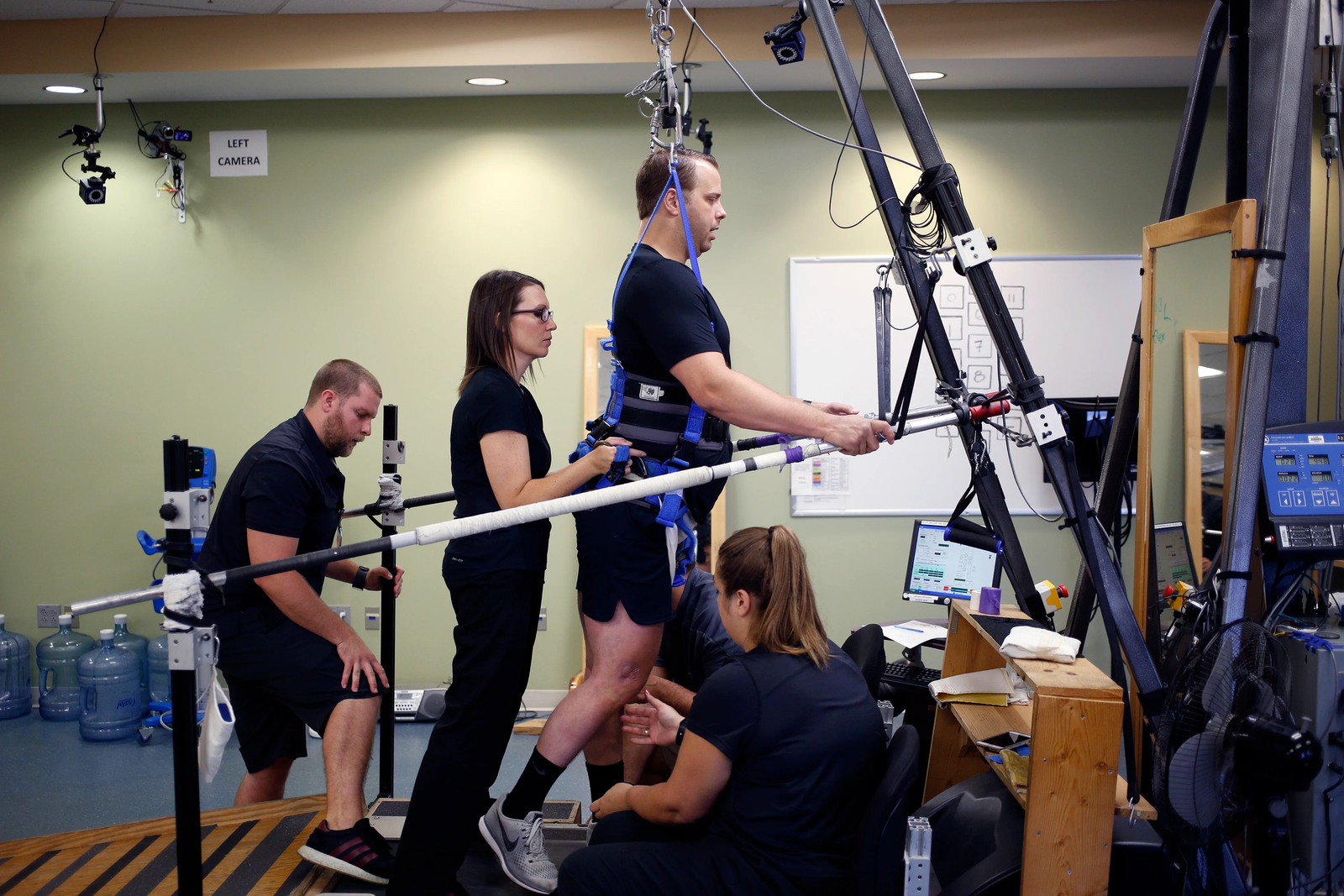Spinal Cord Injuries Don’t Always Mean Paralysis (2023)

Spinal cord injuries (SCI) can be debilitating, but they don’t always lead to paralysis. The effects of a spinal cord injury depend on several factors, including the location and severity of the injury. While some individuals may experience complete loss of movement or sensation, others may retain some level of function. This article will explore the range of effects of spinal cord injuries and the different treatment options available.
Contents
Understanding Spinal Cord Injuries
The spinal cord is a bundle of nerves that runs from the brainstem to the lower back. It serves as the main pathway for messages traveling between the brain and the rest of the body. When the spinal cord is damaged, it can disrupt this communication, leading to a range of physical and neurological impairments.
Types of Spinal Cord Injuries
There are two main types of spinal cord injuries: complete and incomplete. A complete spinal cord injury refers to the total loss of motor and sensory function below the level of the injury. An incomplete injury, on the other hand, means that some function is retained.
Causes of Spinal Cord Injuries
Spinal cord injuries can be caused by trauma, such as a car accident or sports injury, or by diseases like multiple sclerosis or polio. The majority of spinal cord injuries occur in young adults, with men being more likely to sustain an injury than women.
Effects of Spinal Cord Injuries
The effects of a spinal cord injury can vary widely depending on the location and severity of the injury. Some individuals may experience complete loss of movement and sensation, while others may retain some level of function.
Paralysis
One of the most common effects of a spinal cord injury is paralysis. Paralysis refers to the loss of movement and sensation in the affected areas. Individuals with a complete spinal cord injury may experience quadriplegia, which is paralysis of all four limbs, or paraplegia, which is paralysis of the lower half of the body.
Loss of Sensation
Spinal cord injuries can also cause loss of sensation in the affected areas. This can include a loss of touch, temperature, and pain sensation. The degree of sensation loss depends on the location and severity of the injury.
Bladder and Bowel Control
The spinal cord plays a crucial role in controlling bladder and bowel function. A spinal cord injury can disrupt this function, leading to urinary and fecal incontinence. Individuals with a spinal cord injury may need to use catheters or other devices to manage their bladder and bowel function.
Respiratory Function
Injuries to the spinal cord can also affect respiratory function. Depending on the location of the injury, individuals may experience difficulty breathing, require assistance with ventilation, or develop pneumonia.
Treatment Options
There is currently no cure for spinal cord injuries, but there are several treatment options available. These include:
Rehabilitation
Rehabilitation is a crucial component of treatment for individuals with a spinal cord injury. It involves working with physical and occupational therapists to regain as much function as possible. Rehabilitation can also include counseling and support groups to help individuals adjust to their new circumstances.
Read More: ‘People Are Flying’ – The Pedestrian Accident Problem (2023)
Medications
Medications may be used to manage the symptoms of spinal cord injuries, such as pain, spasticity, and bladder and bowel dysfunction.
Surgery
Surgery may be necessary to stabilize the spine and prevent further damage. Surgery can also be used to remove herniated discs or other structures that may be compressing the spinal cord.
Conclusion
Spinal cord injuries can have a profound impact on an individual’s life, but they don’t always mean paralysis. The effects of a spinal cord injury depend on several factors, including the location and severity of the injury. Understanding the range of effects of spinal cord injuries is crucial for individuals who have experienced an injury, as well as their families and caregivers. It can also help healthcare providers develop a tailored treatment plan to optimize function and quality of life.
Read More: Summer Camp Injuries And Liability (2023)
While there is currently no cure for spinal cord injuries, ongoing research is shedding new light on potential treatment options. From stem cell therapy to electrical stimulation, scientists and healthcare providers are exploring innovative approaches to improve outcomes for individuals with spinal cord injuries.
In conclusion, spinal cord injuries can be devastating, but they don’t always mean paralysis. The effects of a spinal cord injury can vary widely depending on the location and severity of the injury. With proper treatment and support, individuals with spinal cord injuries can lead fulfilling lives and achieve their goals.
FAQs
- Can a person with it regain function?
Yes, rehabilitation and other treatment options can help individuals regain some function after a spinal cord injury.
- What is the most common cause of it?
The most common cause of spinal cord injuries is trauma, such as a car accident or sports injury.
- Can it be prevented?
Many spinal cord injuries can be prevented by taking safety precautions, such as wearing a seatbelt while driving and wearing proper safety equipment during sports.
- How long does rehabilitation last after it?
The length of rehabilitation varies depending on the individual and the severity of the injury, but it can last several months to several years.
- Is there hope for a cure for it?
While there is currently no cure for spinal cord injuries, ongoing research is exploring new treatment options and potential cures.
One Comment